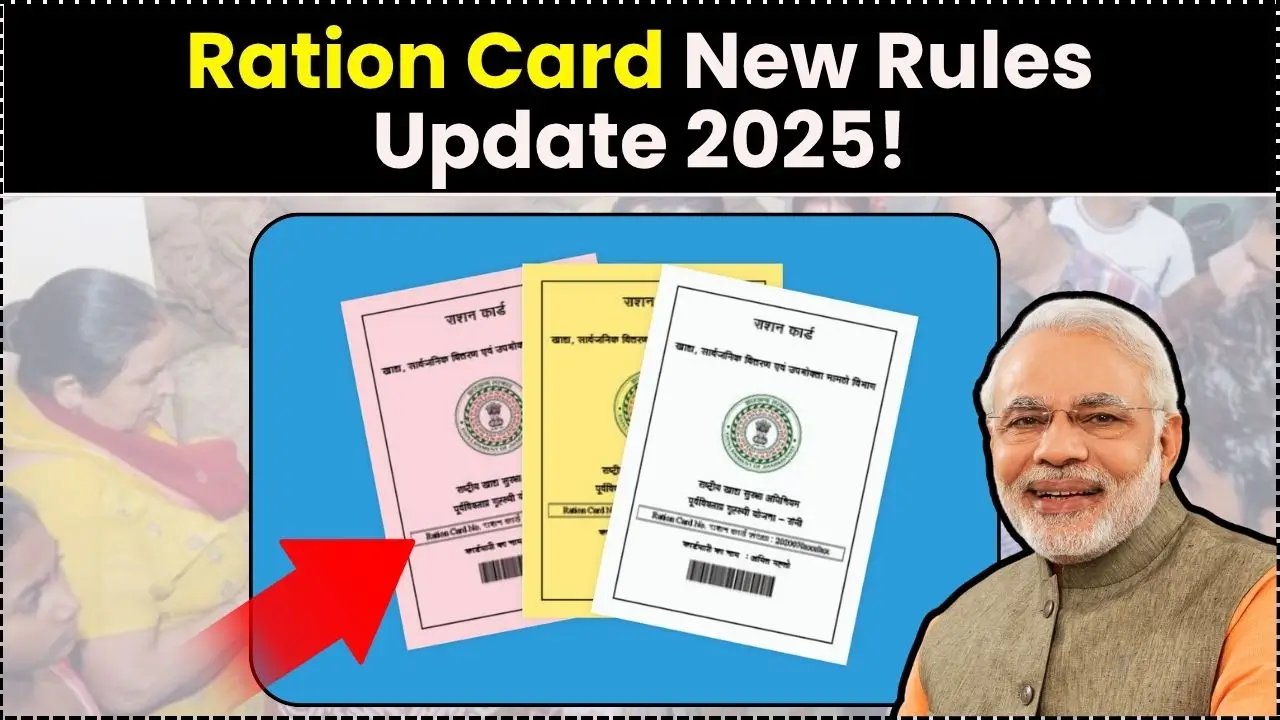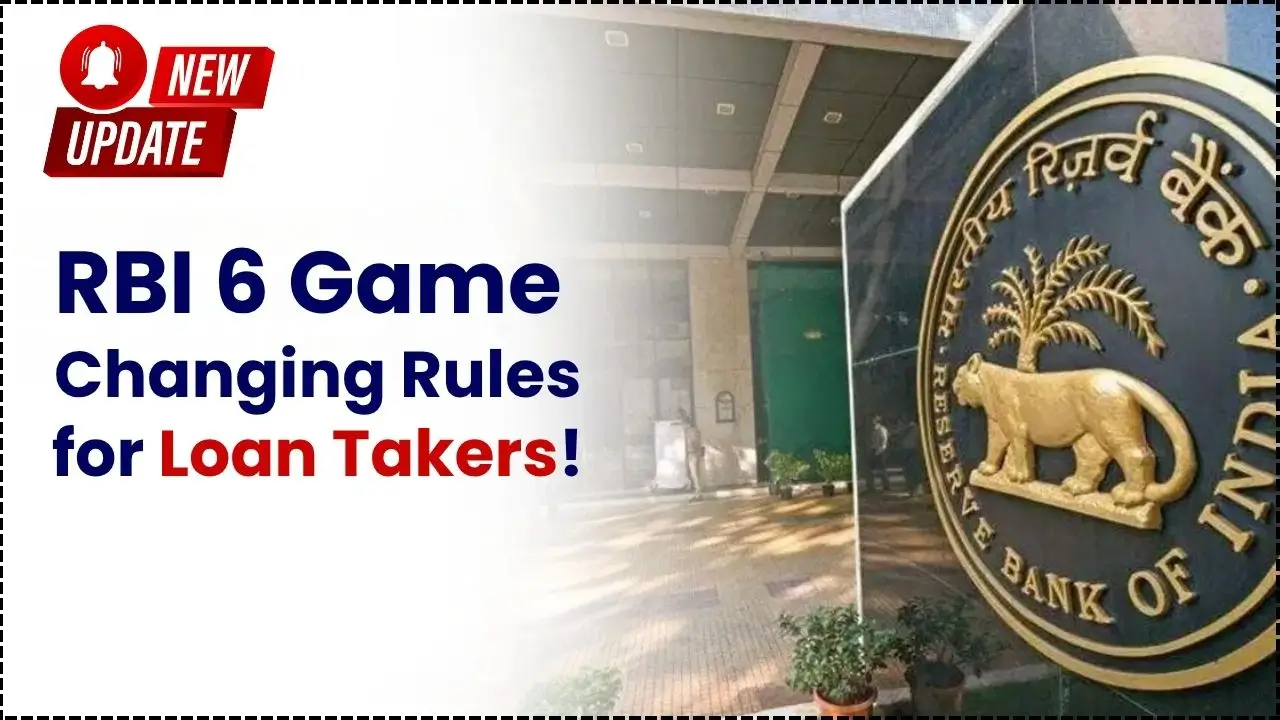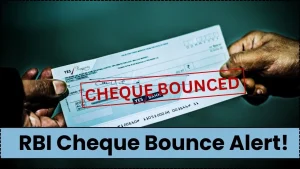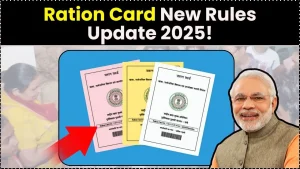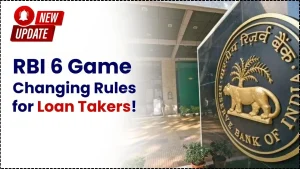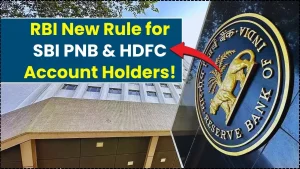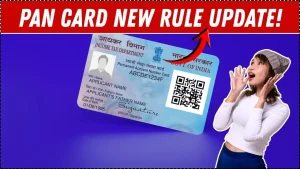The promise of the Land Registry Rule 2025 is simple: make registrations faster, digital, and cheaper where possible especially for heirs who get stuck in paperwork during property succession. In Andhra Pradesh, hereditary land registration at village or ward secretariats can be completed for a nominal ₹100 up to a defined value bracket, with streamlined mutation and e-passbook issuance to reduce delays and disputes.
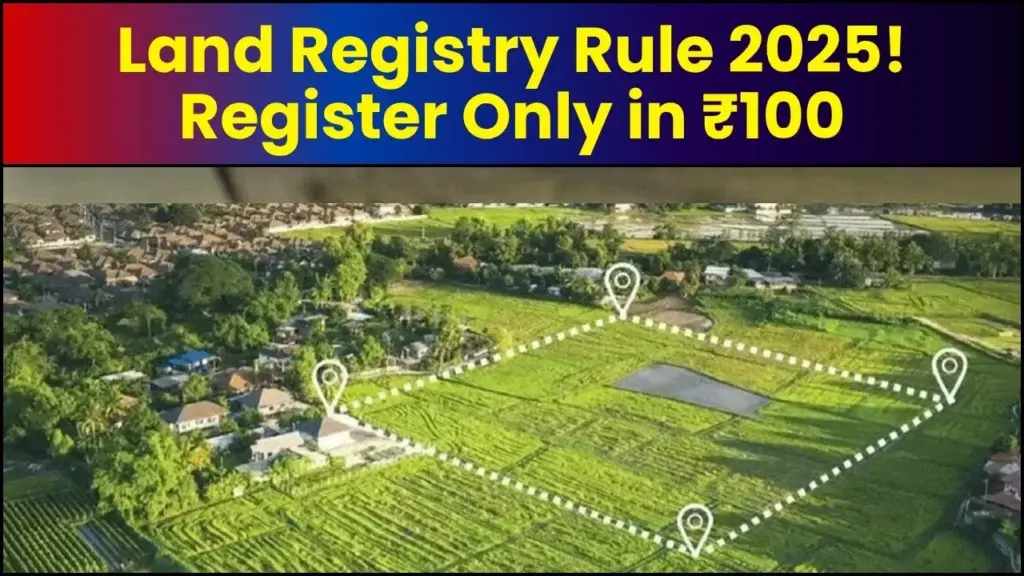
Think of Land Registry Rule 2025 as two parallel moves: a national, modern digital framework that brings e-registration, electronic presentation, and e-certificates, and state-level facilitation that caps fees for specific cases like inheritance. If you’ve seen “register your property for ₹100,” it applies to inheritance-specific routes in select states, not universal sale deeds, which still follow state-wise stamp duty and registration charges.
Land Registry Rule 2025
| Key Point | What It Means | Where It Applies |
|---|---|---|
| Registration Bill 2025 | Digital-first registration with online submission, e-admission, and e-certificates | Nationwide after enactment |
| ₹100 Inheritance Registration | Nominal-fee hereditary land registration via local secretariats (eligibility-based) | State-specific programs (e.g., Andhra Pradesh) |
| Mutation And E-Passbooks | Post-registration mutation with digital passbooks to heirs | As per the state’s workflow |
| Stamp Duty On Sales | Regular sale transactions continue to attract state-notified stamp duty | State jurisdictions |
| Expanded Compulsory Registration | Wider list of instruments requiring registration under the new framework | Nationwide post-notification |
Land Registry Rule 2025 delivers targeted relief for inheritance and lays the digital rails for cleaner, faster registrations across the board. Identify whether your case is inheritance or a standard sale, use the right channel, and plan costs accordingly nominal fees can be transformative for heirs, while digital reforms make every other step simpler and more secure. Land Registry Rule 2025 is a practical win for everyday property owners: heirs get a clear, low-cost route to formalize succession in select states, while the broader push to digital registration brings faster turnaround, cleaner documentation, and stronger legal certainty for everyone. Treat the ₹100 pathway as inheritance-specific relief, and plan normal sale transactions with state-notified stamp duty and registration fees in mind.
What The ₹100 Offer Really Is
The ₹100 figure is tied to inheritance-only facilitation, not blanket sale deed registration. When legal heirs have consensus and proper documents, the process at secretariats helps complete registration and triggers mutation, issuing e-passbooks and curbing future disputes. Standard transfers sale, gift, exchange remain under state stamp duty and regular registration fees.
What The Registration Bill 2025 Changes
The new framework replaces an outdated regime with online-first processes: electronic presentation, digital verification, and e-certificates that are simpler to access and harder to manipulate. It expands what must be registered such as agreements to sell and specified instruments raising legal certainty and traceability across transactions.
How Costs Work for Sale Deeds In 2025
Sale deed costs still depend on state schedules. Stamp duty in many markets sits in mid-single digits, and registration fees commonly hover around 1% of the property value, subject to caps and concessions. Women-buyer rebates and similar incentives are state-level notifications, so it’s smart to check the latest circulars before budgeting.
Why This Matters for Heirs and Buyers
Heirs benefit from a faster, low-friction pathway to formalize succession and avoid disputes, with automatic mutation and digital records improving clarity. Buyers and sellers gain from streamlined digital workflows, reduced visits, and stronger evidentiary value, even though statutory duties remain payable as notified by states.
Digital-By-Default Steps To Prepare
- Pay duties on official e-stamp portals and keep digital receipts.
- Keep Aadhaar/PAN and clean digital copies of deeds ready for e-admission.
- Confirm if your document class falls under compulsory registration in the updated list.
- Explore available concessions before finalizing ownership splits.
Step-By-Step: Inheritance Route Snapshot
- Check eligibility: succession after the owner’s death with heir consensus.
- Gather documents: death certificate, legal heir/family membership proof, title extracts, ID proofs.
- Visit designated local secretariat or portal to complete the nominal-fee registration.
- Track automatic mutation and obtain e-passbooks as issued.
Who Should Act Now
- Heirs who have not formalized succession should use the nominal-fee inheritance route where available to complete registration and trigger mutation without delays.
- Buyers and sellers should prepare for e-admission and e-certificates while budgeting for state-wise stamp duty and registration fees, and leverage eligible concessions.
Land Registry Rule 2025 is a practical win for everyday property owners: heirs get a clear, low-cost route to formalize succession in select states, while the broader push to digital registration brings faster turnaround, cleaner documentation, and stronger legal certainty for everyone. Treat the ₹100 pathway as inheritance-specific relief, and plan normal sale transactions with state-notified stamp duty and registration fees in mind.
Top Post Office Saving Schemes 2025: Latest Interest Rates and Tax Benefits
FAQs on Land Registry Rule 2025
Does “Register Your Property For ₹100” Apply To All Transactions?
No. It applies to inheritance-specific routes in certain states. Sale deeds continue to attract state-notified stamp duty and registration charges.
Does The New Law Remove Stamp Duty?
No. It modernizes the registration process and expands compulsory coverage, but stamp duty and registration fees are still determined by states.
Will Online Registration Be Available Everywhere?
Yes, once enacted and implemented. The framework supports online presentation, e-certificates, and digitally maintained records.
How Quickly Does Mutation Happen Under the Nominal-Fee Inheritance Route?
The process is designed so that mutation is triggered after registration completion, followed by issuance of e-passbooks per state workflow.
Can I Use The ₹100 Route for Gift or Sale Deeds?
No. The nominal-fee route applies to hereditary or succession cases in select states; gifts, sales, or exchanges must follow regular stamp duty and registration fee rules as notified by each state.
What Documents Are Needed For Inheritance Registration?
Typically, you need the death certificate, legal heir or family membership certificate, identity proofs, existing title documents or extracts, and a no-objection/consent from other legal heirs where applicable.
Does The Digital System Replace Physical Visits Completely?
Not always. Many steps are online-first, but states may still require biometric verification or in-person admission for certain documents; check your state’s latest procedure.
How Do I Avoid Delays or Rejections During Registration?
Ensure names and identifiers match across Aadhaar/PAN/title documents, clear encumbrances, obtain required NOCs, and verify circle rate vs. agreement value to prevent valuation objections.



